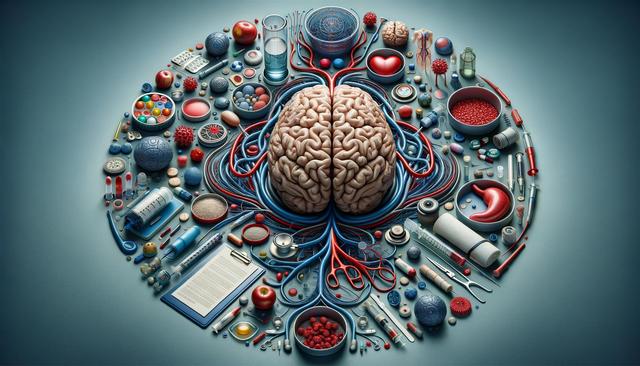Understanding the Impact of Stroke on Recovery
Strokes can affect various aspects of an individual’s physical and cognitive abilities, depending on the area of the brain involved. Recovery often requires a multifaceted approach that addresses motor skills, speech, memory, and emotional well-being. The journey to rehabilitation is highly individualized, with some survivors regaining function quickly while others may face a longer road. This variability underscores the importance of exploring a wide range of effective stroke therapy options tailored to each person’s needs. Traditional methods such as physical therapy, occupational therapy, and speech-language pathology remain foundational, but new therapies are continually emerging to support recovery at a deeper level.
Innovative Physical Rehabilitation Techniques
Physical rehabilitation plays a crucial role in helping stroke survivors regain strength, coordination, and mobility. In recent years, several advanced techniques have shown promise in improving outcomes. These include:
- Robotic-assisted therapy – Devices that support guided and repetitive movements to rebuild motor function.
- Constraint-induced movement therapy – Encourages use of the affected limb by restricting the unaffected one, promoting neuroplasticity.
- Virtual reality-based rehabilitation – Engages patients in interactive tasks that replicate real-world scenarios, enhancing motivation and motor learning.
These approaches are often used in combination with conventional therapies to maximize effectiveness. The goal is not only to restore movement but also to improve balance, reduce spasticity, and promote faster reintegration into daily activities.
Harnessing the Power of Neuroplasticity
Neuroplasticity—the brain’s ability to reorganize itself by forming new neural connections—is a key concept in stroke recovery. Effective stroke therapy aims to stimulate this process, helping undamaged parts of the brain take over functions previously managed by the affected areas. Therapies that support neuroplasticity include:
- Task-specific training – Practicing real-life tasks to reinforce neural pathways.
- Transcranial magnetic stimulation (TMS) – Uses magnetic fields to stimulate brain activity and enhance motor recovery.
- Cognitive-motor training – Combines mental and physical exercises to improve both brain function and physical coordination.
These techniques are particularly valuable in the early stages of recovery but can also yield benefits in chronic stroke patients when applied consistently and strategically.
Addressing Cognitive and Emotional Recovery
Stroke not only affects physical abilities but can also lead to cognitive impairments and emotional challenges such as depression, anxiety, and apathy. Comprehensive stroke therapy should include interventions that target the mind as well as the body. Cognitive rehabilitation strategies may involve:
- Memory and attention training programs using computer-based exercises.
- Problem-solving tasks that enhance executive functioning.
- Psychological counseling to manage emotional adjustments and mental health.
Incorporating mental health support into a therapy plan is essential, as emotional well-being greatly influences overall recovery and quality of life. In some cases, medications or behavioral therapies may be prescribed to support these efforts.
Personalized and Multidisciplinary Approaches
There is growing recognition that no single therapy works universally for all stroke survivors. A personalized approach, often delivered by a multidisciplinary team, ensures that each patient’s unique medical history, recovery goals, and challenges are taken into account. Effective stroke therapy programs often integrate:
- Collaborative care from neurologists, physiotherapists, occupational therapists, speech therapists, and psychologists.
- Individualized treatment plans that evolve over time based on progress.
- Family education and involvement to support recovery at home.
Advances in technology and data tracking are also enabling therapists to adjust interventions more precisely, leading to more targeted and efficient recovery paths. The combination of personalized care and evidence-based therapy gives stroke survivors a stronger foundation for meaningful improvement.
Conclusion: Advancing Recovery Through Innovation
As therapies continue to evolve, stroke survivors and their caregivers have more tools than ever to support recovery and improve quality of life. While traditional rehabilitation remains essential, the integration of innovative techniques—from robotics to neuroplasticity-driven training—offers new hope. By adopting a holistic, personalized, and multidisciplinary approach, stroke therapy can be more effective in addressing the diverse needs of individuals after a stroke. Continued research and collaboration among healthcare professionals will be key in pushing the boundaries of what recovery can look like in the years to come.








